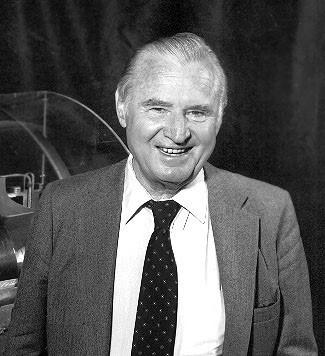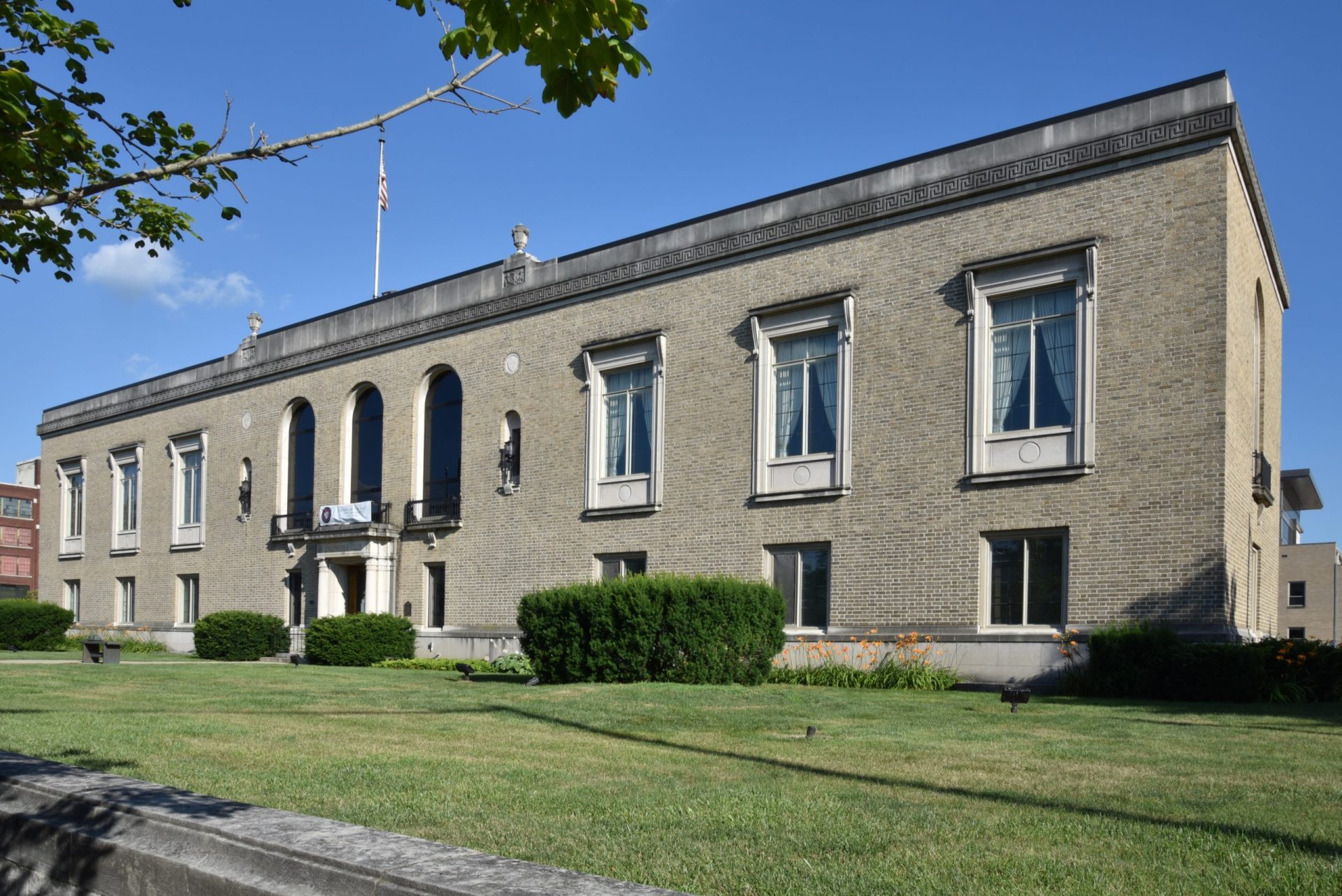
1923 – 1997
Contributed to water quality monitoring and prediction
Major Field of Study: Civil and Sanitary Engineering
Specific Accomplishment: Development of the field of mathematical modeling for determining the effects of pollution and abatement measures on river and estuary water quality.
Home Town: Brooklyn, New York
Youth Activities:
His early family influences initially led Don toward the liberal arts, with thoughts of following his father into a career as a scenic artist. The tough economic times of the 1930s and his interests in math and science, however, led Don to ultimately pursue a more practical career in engineering.
Bachelor’s Degree: Civil Engineering from Manhattan College in 1944
Master’s Degree: Civil Engineering from Polytechnic Institute of Brooklyn in 1947
Doctor’s Degree: Engineering Science from New York University in 1956
Engineering and Science Achievements:
The pioneering work of Donald O’Connor resulted in the development of equations used to analyze and resolve water quality problems by including the many dynamic processes that take place in a stream or estuary. He established the engineering science of water quality modeling as a distinct and separate engineering discipline, defining protocols, as well as re-calibrating, validating and applying mathematical models for water quality management. He also developed the means to quantify factors other than oxygen including the transport and the environmental fateof toxic substances.
Additional Details:
As a student, he had very little idea of what engineering involved, but he liked math and was intrigued with its logic and its puzzle-solving nature. It ws during his studies at Manhattan College that O’Connor started to appreciate what he called the beauty and the power of mathematics.
In his junior year he was drawn to the civil engineering department’s sanitary engineering option, where he studied under Professor Clarence J. Velz. It was Professor Velz who introduced O’Connor to the Streeter-Phelps dissolved oxygen equation, which served as a focal point of the latter’s seminal work on water quality modeling over the next two decades.
After receiving his bachelor’s degree in civil engineering from Manhattan College in 1944, Don served in the U.S. Army Medical Corps in Europe during the final years of World War II. He returned home in 1946 ready to continue his studies and pursue his career. He completed his master’s degree in civil engineering at the Polytechnic Institute of Brooklyn in 1947 and accepted a job as a structural engineer with the design firm Parsons, Brinckerhoff, Hall and MacDonald. He married Anita Lordi in 1948 and had a total of three children.
While juggling the responsibilities of a full-time job and a new family. O’Connor began his doctoral work in sanitary engineering at New York University. Shortly after, he left his full-time job as a structural design engineer to assume a full-time teaching position at Manhattan College, while continuing his doctoral studies at night. His research initially focused on the hydraulics of overflow for combined storm water systems. However, he found water quality issues much more challenging, and he was particularly intrigued by what happened to oxygen levels in streams impacted by wastewater discharges. This led him to reexamine the Streeter-Phelps equation, which he had first studied at Manhattan College 10 years earlier.
O’Connor received his doctorate in engineering science from New York University in 1956 for his dissertation titled “The Mechanism of Re-aeration in Natural Streams.” (Re-aeration is the natural addition of Oxygen from the atmosphere into a body of water that had a low oxygen content usually because of some source of pollution).
This work established the basis for the quantitative definition of the re-aeration coefficient in streams. It is still being used today and is the basis of the O’Connor-Dobbins equation, named after O’Connor and his doctoral adviser, William Dobbins.
O’Connor’s work on re-aeration was followed by further work on dissolved oxygen depletion in streams. He extended the range of applicability of the Streeter-Phelps dissolved oxygen equation to deal with the presence of photosynthesis, nitrification, and benthic conditions. His most lasting accomplishment, though, was his solution to the estuary problem, which involved application of the Streeter-Phelps dissolved oxygen framework to what appeared to be a hopelessly complex physical setting that included tidal motion, stratification, and irregular geometry. His solution was to model the slack water distributions and represent longitudinal mixing using a dispersion coefficient. The application of this technique was an important accomplishment in the precise water quality measurement. O’Connor’s 1960 paper in the sanitary engineering journal on the subject is considered by many to mark the beginning of modern water quality modeling.
Honors:
O’Connor’s accomplishments are documented by his many awards.
- J. James R. Croes Medal (1991) from the American Society of Civil Engineers (ASCE) Environmental Engineering Division (EED).
- 4 Rudolf Hering medals (1959, 1966, 1984, 1989)
- Elected to the National Academy of Engineering in 1978.
- Named the Association of Environmental Engineering Professors Distinguished Lecturer in 1986
- Named the Gordon M. Fair Distinguished Educator by the Water Pollution Control Federation in 1989
- Named the ASCE-EED Simon W. Freese Distinguished Lecturer in 1990.
- 1978 National Academy of Engineering–Leadership in the field of mathematical modeling to gauge the effects of pollution and abatement measures.
- Donald J. O’Connor Endowed Faculty Fellow of Environmental Engineering at Manhattan College.
- Served on:
=Advisory committee to chart the role of the National Oceanic and Atmospheric Administration.
=Environmental Engineering Committee of the U.S. Environmental Protection Agency’s Scientific Advisory Board
Books:
Biological Waste Treatment (1961) by W. W. Eckenfelder & D. J. O’Connor
–an important textbook on wastewater treatment and water quality analysis which has been translated into 11 languages and is used widely throughout the world.
Dynamic Water Quality Forecasting and Management by Donald J O’Connor (1973 & 1977)
Mathematical Modeling of Natural Systems by Donald J. O’Connor
References:
Engineering and Science Hall of Fame Ceremony (Oct 20, 1994):Comments recorded during the induction of Donald J. O’Connor
Memorial Tribute to Donald J. O’Connor, National Academy of Engineering. 2012: Volume 16. Washington, DC: The National Academies Press. doi: 10.17226/13338
https://www.nap.edu/read/13338/chapter/38

